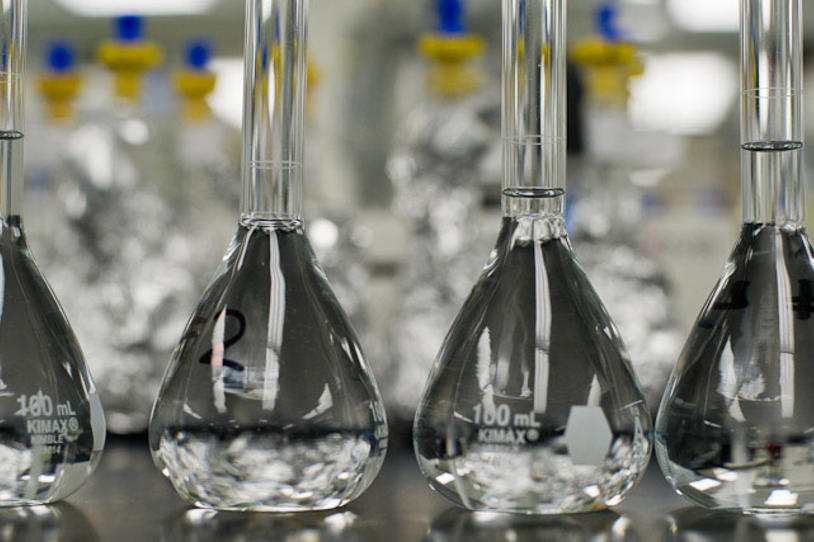
This week, the National Institute of Neurological Disorders and Stroke (NINDS) announced a critical new initiative to find Parkinson’s biomarkers, or specific measureable traits used to measure the progress of a disease. No such biomarker for PD currently exists, and finding one would go a long way toward developing new disease-modifying treatments.
While The Michael J. Fox Foundation (MJFF) is not directly affiliated with this project, called the Parkinson’s Disease Biomarkers Program (PDBP), this is an important effort that complements some of the work that we are doing.
Here’s how:
The NINDS program focuses funding on biomarker discovery projects — those grants where a researcher tests a specific early stage hypothesis into what could potentially become a biomarker for PD. The program is looking for biomarkers that might serve to both diagnose the disease, and that could help to measure how effective a potential drug is in future Parkinson’s clinical trials.
MJFF’s major investments into biomarker research, on the other hand, focus primarily on the Parkinson’s Progression Markers Initiative — a large-scale longitudinal study co-funded by various partners from the pharmaceutical industry, designed specifically to validate existing biomarker leads for use in clinical trials testing disease-modifying drugs. Thanks to PPMI’s open-source research model, biosamples and clinical data are being made available to the research community in real time. Already, nearly 40,000 data downloads of PPMI data have been made by scientists across the world.
A third project, called BioFIND, represents an MJFF/ NINDS collaboration which is similar to the PDBP, in that is designed mainly to identify potential biomarker leads. The hope is that discoveries made in BioFIND would enter seamlessly into PPMI, thereby keeping this initiative’s biomarker pipeline fresh, and moving forward.
It’s good news that the Parkinson’s community now has all three of these efforts at work to help us get to that all-important goal — a biomarker for Parkinson’s disease.